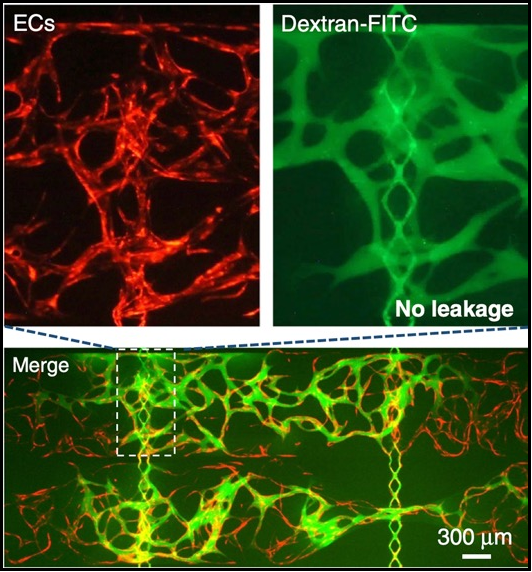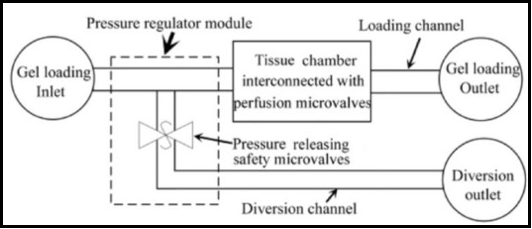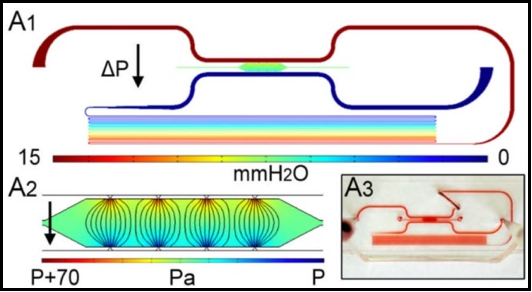A modular microfluidic system based on a multilayered configuration to generate large-scale perfusable microvascular networks
The vascular network of the circulatory system plays a vital role in maintaining homeostasis in the human body. In this paper, a novel modular microfluidic system with a vertical two-layered configuration is developed to generate large-scale perfused microvascular networks in vitro. The two-layer polydimethylsiloxane (PDMS) configuration allows the tissue chambers and medium channels not only …










